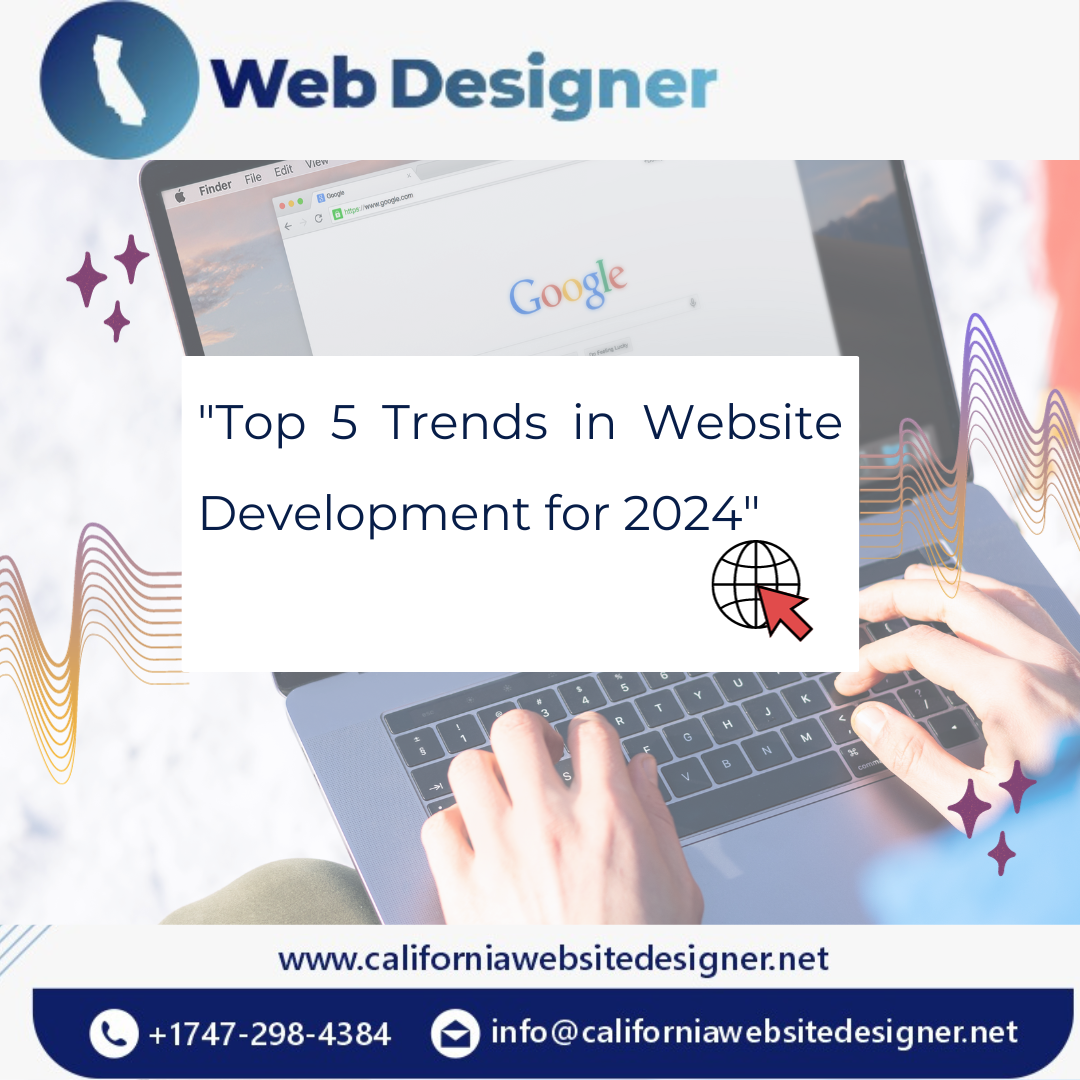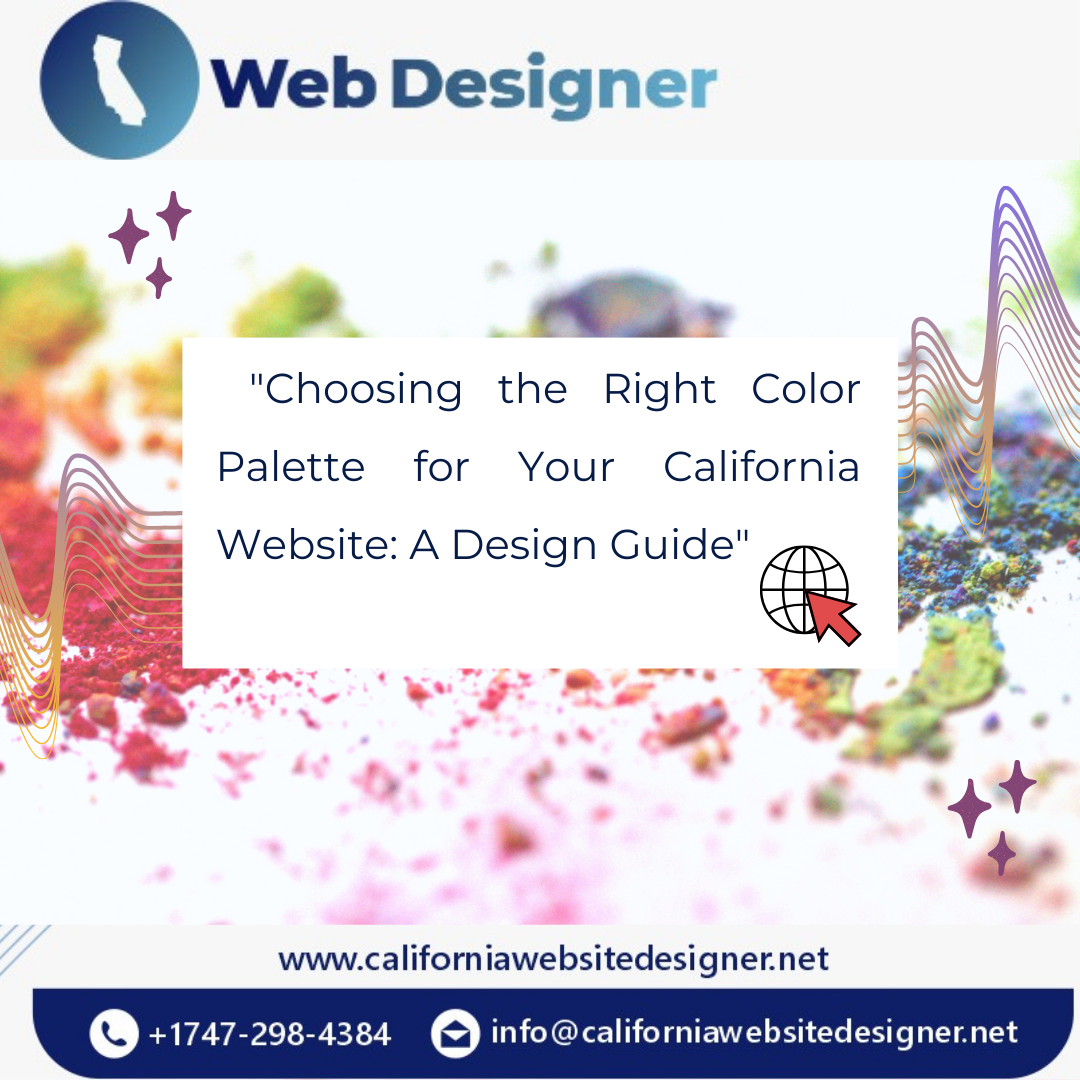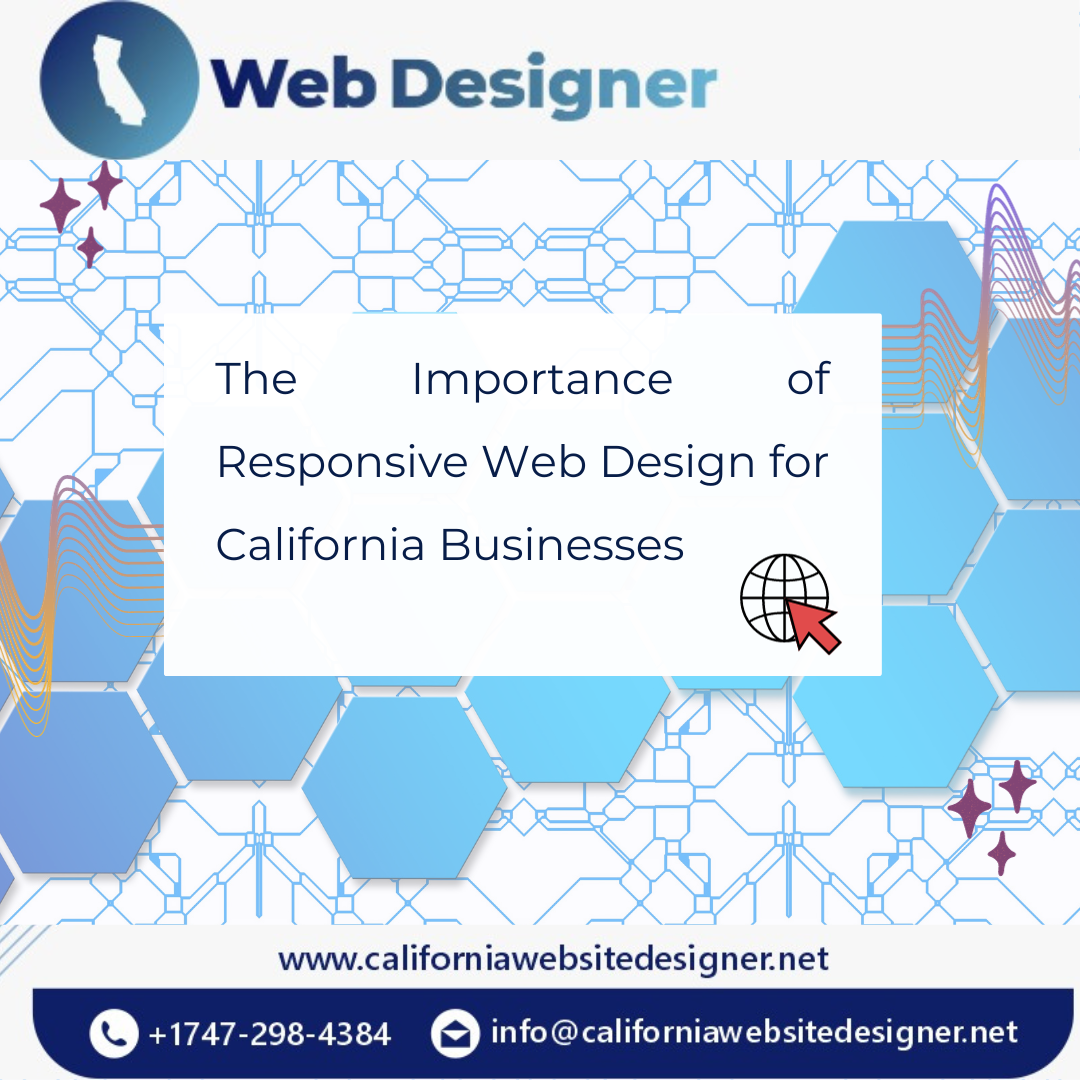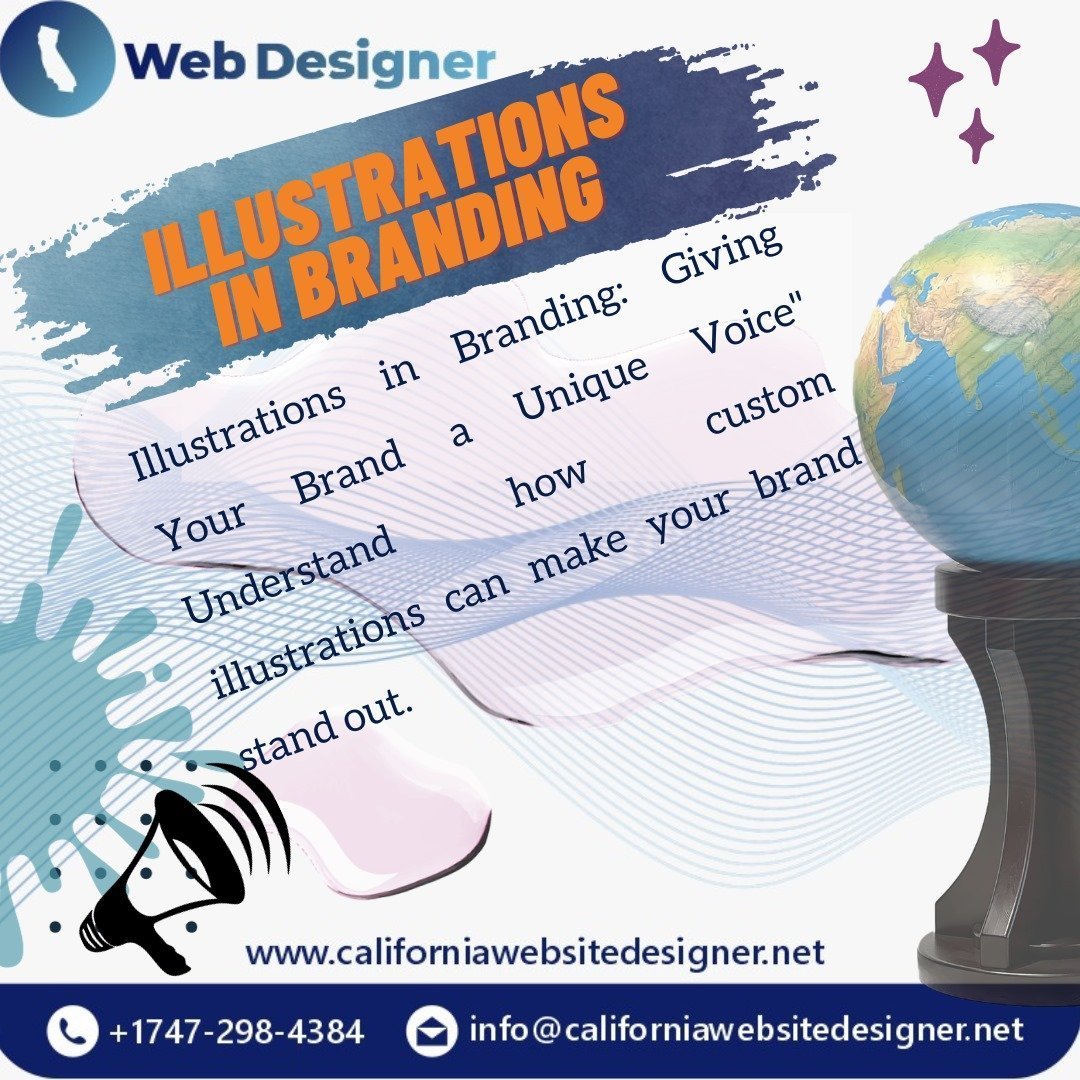Adaptable Graphic Trends: In this ever-changing international image design, being at the slicing edge is important. The years in advance will bring on new and interesting layout developments, making it essential for designers to stay nimble and adjust to these shifts. Adaptable graphic trends are the compass guiding creatives through this dynamic journey, ensuring their designs not only keep pace but lead the way in the ever-evolving realm of visual storytelling. So, buckle up and embrace the versatility of Adaptable Graphic Trends – your gateway to staying ahead and leaving a lasting impact in the design world.
1. Embracing Minimalism 2.0:
Minimalism 2.0 is not about removing everything until there’s nothing left; it’s about strategic simplicity. It involves a thoughtful use of negative space, bold typography, and vibrant colors to convey a message with clarity and impact. In simpler terms, it’s about saying more with less and creating clean, modern, and visually striking designs.
Streamlining for Impact
The key to embracing Minimalism 2.0 is finding the delicate balance between simplicity and impact. Take Apple’s iconic marketing as an example. The clean lines, uncluttered layouts, and focused messaging epitomize the essence of minimalism. Users can instantly grasp the message without being overwhelmed by unnecessary details.
Minimalism in Action
Apple’s Design Philosophy
Apple’s design philosophy aligns seamlessly with Minimalism 2.0. From their product packaging to their website, Apple embraces simplicity as a guiding principle. Consider the iPhone packaging – a sleek, white box with the product image and minimal text. It not only reflects the elegance of the product but also enhances the overall user experience.
Negative Space Mastery
One notable aspect of Apple’s design is its mastery of negative space. The uncluttered screens of Apple devices and the spacious layouts of their retail stores – all contribute to a sense of simplicity and focus. The negative space isn’t just empty; it’s purposeful, allowing users to concentrate on what truly matters.
Why Minimalism 2.0 Matters
Adaptability across Industries
The splendor of Minimalism 2.Zero lies in its adaptability across numerous industries. Whether you are designing a website, a product label, or a social media submission, the principles of minimalism may be implemented. Take Google’s homepage, for instance. The unadorned interface with a simple search bar highlights the power of minimalism in a digital context.
Enhanced User Experience
In the era of information overload, users appreciate designs that are easy to navigate and understand. Minimalism 2.0 enhances the user experience by eliminating distractions and focusing on the core message. Think of Airbnb’s website – the intuitive interface and clean visuals make it easy for users to find and book accommodations.
Embracing the Future: Incorporating Minimalism 2.0
As you embark on the journey of embracing Minimalism 2.0, consider the following:
Prioritize Clarity: Ensure that your design communicates the intended message.
Bold Typography: Experiment with fonts that convey personality without sacrificing readability.
Vibrant Colors: Use a carefully selected color palette to add visual interest and evoke emotions.
By incorporating these elements, you position your designs to not only meet current standards but to evolve seamlessly with future trends. Minimalism 2.0 isn’t just a design choice; it’s a strategic approach to visual communication that transcends time.
As the graphic design landscape continues to evolve, Minimalism 2.0 emerges as a beacon of adaptability. By understanding its principles and drawing inspiration from examples like Apple and Google, you can infuse your designs with timeless simplicity. Embrace Minimalism 2.0, and let your graphics stand the test of time in the ever-changing world of design.
2. Dynamic and Interactive Graphics: Elevating Designs for Immersive Experiences
In the ever-evolving world of graphic design, static visuals are making way for dynamic and interactive graphics, offering users more immersive experiences. This shift involves incorporating elements like animations, scroll-triggered effects, and interactive user interfaces to breathe life into your designs. Striking the right balance between functionality and aesthetics is now more crucial than ever.
The Rise of Animation
Think of animation as the magic wand that adds life and movement to otherwise static designs. Instead of a static logo, imagine a logo that gracefully unfolds or subtly transforms when users interact with it. Animation captures attention, enhances storytelling, and creates a more engaging user experience.
Google Doodles
Google’s dynamic and interactive Doodles are a perfect example. These animated variations of the Google logo celebrate holidays, historical events, and notable figures. Users not only enjoy the visual spectacle but also interact with the Doodles, uncovering hidden surprises or learning more about the featured topic.
Scroll-Triggered Effects
Scrolling is an integral part of the online user experience, and designers are leveraging this action to introduce captivating scroll-triggered effects. As users scroll down a webpage, elements come to life, adding depth and interest to the design. It’s a clever way to guide users through the content while keeping them engaged.
Apple’s iPhone 12 Page
Visit Apple’s iPhone 12 page, and you’ll notice how scrolling reveals product features in a seamless and visually appealing manner. The images move, text fades in, and interactive sliders allow users to explore the details. This scroll-triggered design keeps users actively involved, transforming a static page into an interactive journey.
Interactive User Interfaces
User interfaces (UI) are now not pretty much buttons and menus; they’re becoming interactive studies. Incorporating interactive elements into your design, along with clickable icons, hover results, or drag-and-drop capabilities, can make the person’s journey greater fun and intuitive.
Example: Instagram Stories
Instagram’s Stories feature is an excellent showcase of interactive user interfaces. Users can tap to skip, swipe to navigate, and even interact with various elements within the Stories. This design choice transforms a simple viewing experience into an interactive and engaging activity.
Striking the Right Balance
While embracing dynamic and interactive graphics, it’s crucial to maintain a delicate balance between functionality and aesthetics. The interactivity should enhance the user experience, not overshadow it. A well-designed interactive element should seamlessly integrate with the overall aesthetic of the page, creating a harmonious and visually pleasing result.
The era of dynamic and interactive graphics is here, and it’s reshaping how users engage with digital content. Whether through animated elements, scroll-triggered effects, or interactive user interfaces, designers have powerful tools at their disposal to create immersive experiences. By striking the right balance between functionality and aesthetics, you can elevate your designs and meet the growing expectations of users in this visually dynamic landscape.

3. Sustainability as a Design Principle: Embracing a Greener Future
In the ever-evolving international of image design, sustainability has emerged as more than just a buzzword; it’s a guiding principle shaping the future of creative expression. By incorporating eco-friendly practices into your graphic layout technique, you no longer only contribute to worldwide environmental well-being but additionally connect to a target audience that prioritizes socially responsible manufacturers.
Understanding Sustainability in Graphic Design
Sustainability in graphic design involves making conscious choices that minimize negative environmental impacts. It includes considering the life cycle of materials used, reducing waste, and embracing eco-friendly production methods.
Recyclable Packaging Designs
Imagine you’re creating packaging graphics for a product. Embracing sustainability could mean opting for recyclable materials and designing packaging that encourages recycling. It aligns with the growing consumer demand for eco-friendly choices and positions your brand as environmentally conscious.
Communicating Sustainability through Graphics
Graphics have the power to convey powerful messages. Utilize this potential to communicate sustainable practices and raise environmental awareness through visuals.
Infographics on Carbon Footprint Reduction
Design infographics that visually represent the positive impact of reducing carbon footprints. Use engaging visuals to showcase how small changes, like using energy-efficient appliances or opting for public transportation, contribute to a healthier planet. It not only educates your audience but also positions your brand as an advocate for positive change.
Showcasing Social Responsibility
Beyond environmental considerations, sustainability in graphic design extends to social responsibility. Consider how your designs can support causes and make a positive impact on communities.
Supporting Local Artists Through Visual Storytelling
Suppose your graphic design project involves promoting a product. Instead of generic imagery, use visuals that tell the story of local artisans involved in the production process. It not only adds a human touch to your designs but also emphasizes the social impact of supporting local businesses.
Visuals That Speak Louder Than Words
In the realm of sustainability, visuals have the power to transcend language barriers and resonate with diverse audiences. Use graphics as a tool to evoke emotions and inspire positive action.
Impactful Social Media Graphics
Craft visually appealing graphics for social media platforms that highlight sustainable practices. Share stories of your company’s eco-friendly initiatives or showcase user-generated content related to sustainability. It not only builds a sense of community but also encourages others to adopt environmentally conscious habits.
Sustainability in graphic design is a holistic approach that goes beyond using recycled paper or energy-efficient tools. It’s approximately growing designs that communicate a commitment to a greener destiny, resonate with socially aware audiences, and encourage high-quality motion. By integrating sustainability into your graphic design system, you are no longer just developing visuals; you are contributing to a movement closer to a greater environmentally pleasant and socially accountable international.
4. Augmented Reality in Graphic Design: Creating Immersive Experiences
In the ever-evolving realm of picture design, one trend that is taking pictures interest and reshaping the panorama is the combination of Augmented Reality (AR). This revolutionary method isn’t just about visuals on a screen; it’s about bringing designs to lifestyles, making them interactive, and seamlessly merging with the actual global. Let’s discover how AR is changing the game and transforming the manner we experience picture layout.
The Essence of Augmented Reality
Augmented reality involves overlaying digital content onto the physical world, enhancing our perception and interaction with our surroundings. In graphic design, AR goes beyond traditional static visuals, introducing dynamic elements that respond to the user’s actions and the environment.
Bringing Designs to Life
Imagine you’re browsing a magazine, and as you point your smartphone at a static image, it springs to life. The once static graphic now moves, reacts, and tells a story beyond the confines of the printed page. It is the magic of augmented reality in graphic design – turning two-dimensional visuals into immersive, three-dimensional experiences.
AR in Graphic Design
To grasp the impact of AR in graphic design, let’s look at some popular examples that have successfully implemented this technology to create engaging experiences.
1. Snapchat Filters
Snapchat, a social media platform, introduced augmented reality in the form of fun and interactive filters. These filters overlay digital elements onto users’ faces, allowing them to transform into various characters or animals or even swap faces with friends. This simple yet effective use of AR has become immensely popular, demonstrating its potential for creative expression.
2. IKEA Place App
Ever wondered how that new sofa would look in your living room before making the purchase? The IKEA Place app utilizes augmented reality to solve this problem. Users can preview furniture in their homes using the app, virtually placing items and assessing their fit and style. This practical application of AR revolutionizes the way people shop for furniture, making it a valuable tool for both consumers and retailers.
3. Pokémon GO
Pokémon GO took the world by storm by blending augmented reality with gaming. Players explore the real world to find and catch virtual Pokémon through their smartphones. This global phenomenon not only showcased the entertainment possibilities of AR but also highlighted its ability to merge the digital and physical realms seamlessly.
The Future Potential of AR in Graphic Design
As technology continues to advance, the potential applications of augmented reality in graphic design are limitless. From interactive advertising campaigns to educational tools and beyond, AR opens new avenues for creativity and engagement.
Interactive Advertising
Imagine walking down the street and seeing a billboard that, through your smartphone, invites you to interact with a brand’s message. Augmented reality in advertising allows users to engage with content in real-time, creating memorable and personalized brand experiences.
Educational Experiences
In the realm of education, AR can transform traditional learning materials into interactive and immersive experiences. Imagine a history lesson where students can use AR to explore ancient civilizations in 3D or a biology class where virtual models come to life, providing a hands-on learning experience.
Augmented truth isn’t always only a buzzword; it’s a transformative pressure in photo design. By seamlessly blending digital factors with the actual world, AR creates reports that captivate and interact with users in approaches previously unimaginable. As technology advances and more industries embrace AR, the future of photograph layout seems promising, with augmented truth at the leading edge of innovation and creativity. Get prepared to witness photograph layout evolve beyond the display and into the interactive, immersive world of augmented reality.
5. Personalized and Data-Driven Graphics: Crafting Tailored Visual Experiences
In the ever-evolving landscape of image layout, an effective shift is underway – one which puts the user in the middle of the innovative process. The destiny of photograph design is leaning in the direction of personalization, and information-driven photographs are at the leading edge of this transformative adventure.
Understanding the Power of Personalization
Imagine a world where the graphics you encounter are not just visually appealing but also tailored to your unique preferences and interests. That’s the promise of personalized and data-driven graphics. Instead of a one-size-fits-all approach, designers are now leveraging user data to create visuals that speak directly to the individual.
Spotify’s Discover Weekly
Take, for instance, Spotify’s Discover Weekly playlist. This personalized playlist is curated based on a user’s listening history and preferences. By analyzing the music you enjoy, Spotify’s algorithms create a weekly playlist filled with songs that align with your taste. It’s like having a personal DJ that understands your musical preferences and introduces you to new tracks that you’re likely to love.
Leveraging User Data for Tailored Experiences
The magic behind personalized graphics lies in the utilization of user data. It could include a user’s past interactions, preferences, and even demographic information. Designers can tap into this wealth of data to create visuals that go beyond generic appeal, resonating with each user on a personal level.
Amazon’s Product Recommendations
Amazon, the e-commerce giant, is a prime example of leveraging user data for personalized graphics. When you log in, you’re greeted with product recommendations tailored to your browsing and purchase history. Whether it’s suggesting similar items or highlighting deals on products you’ve shown interest in, Amazon’s personalized graphics create a shopping experience that feels customized just for you.
Enhancing User Engagement through Personalization
The goal of personalized and data-driven graphics is not just to showcase creativity but to enhance user engagement. When individuals feel a connection with the graphics they encounter, whether on a website or a mobile app, they are more likely to stay, explore, and interact.
Social Media Feeds
Social media structures like Instagram and Facebook appoint information-pushed algorithms to curate content material on customers’ feeds. The posts you notice are not random; they are tailored primarily based on your interactions, the sort of content material you engage with, and even the time you spend on precise posts. This customized approach keeps users scrolling and engaging with the platform.
Building Meaningful Connections between Brands and Audiences
Beyond engagement, personalized and data-pushed pics contribute to building significant connections among brands and their target audience. When customers sense that a logo understands their possibilities, it fosters an experience of loyalty and belief.
Coca-Cola’s “Share a Coke” Campaign
Coca-Cola’s “Share a Coke” marketing campaign took personalization to a whole new degree. By printing popular names on their bottles, Coca-Cola created a connection with purchasers on a private stage.
People were not just buying a beverage; they were sharing a Coke with someone they knew, reinforcing a sense of personal connection with the brand.
The future of graphic design is moving towards a personalized and data-driven paradigm. As designers harness the power of user data, they can create visuals that resonate on an individual level, enhancing engagement and fostering meaningful connections between brands and their audiences. From personalized playlists to customized shopping recommendations, the examples in our everyday experiences showcase the transformative potential of personalized and data-driven graphics in the world of design.
Conclusion:
In the end, the destiny of photograph design is dynamic and multi-faceted. Embracing minimalism 2. Zero, incorporating interactive factors, adopting sustainability as a layout precept, exploring augmented reality, and harnessing the power of customized, information-driven portraits are vital steps to future-proofing your designs.
As the design landscape evolves, staying informed and adaptable is key. By understanding and implementing these graphic design trends, you position yourself not just as a designer but as a visionary in the ever-evolving world of visual communication. Stay ahead, stay creative, and future-proof your designs for the exciting journey that lies ahead. California Website Designer is committed to helping you navigate these trends seamlessly, ensuring your graphics not only meet contemporary standards but also align with the unique identity of your brand.

Frequently Asked Questions
Q1: What are the key graphic design trends expected to dominate in the coming years?
A: The upcoming years are likely to see a surge in minimalistic designs, 3D elements, and the integration of augmented reality (AR) in graphics. Sustainability-focused designs and inclusive visuals are also expected to gain prominence as people seek more meaningful, eco-friendly content.
Q2: How can I ensure that my graphics remain relevant as trends evolve?
A: Staying adaptable is crucial. Keep abreast of industry news, follow design influencers, and participate in design communities to understand emerging trends. Additionally, be conscious of timeless design concepts, and do not be afraid to experiment with new tools and techniques to keep your work sparkling and innovative.
Q3: Is there stability among the following traits and retaining an emblem’s identity in graphic design?
A: Absolutely. While it’s important to incorporate current trends, maintaining a consistent brand identity should be the priority. Adapt trends in a way that aligns with your brand’s values and personality, ensuring a cohesive visual language across all your design elements.
Q4: How can designers create graphics that are accessible to diverse audiences?
A: Accessibility is key in modern design. Prioritize color contrast, use legible fonts, and ensure your designs are compatible with assistive technologies. Embrace inclusive imagery, representing diverse cultures and abilities to make your graphics relatable to a wide audience.
Q5: Are there any emerging technologies that will significantly impact graphic design trends in the coming years?
A: Increasing technology like artificial intelligence (AI) and digital reality (VR) are expected to revolutionize image layout. AI can automate repetitive responsibilities, allowing designers to be cognizant of creativity, at the same time as VR opens up new dimensions for immersive and interactive photo stories. Keeping an eye fixed on those technological improvements can provide designers with a competitive part inside the evolving panorama.







